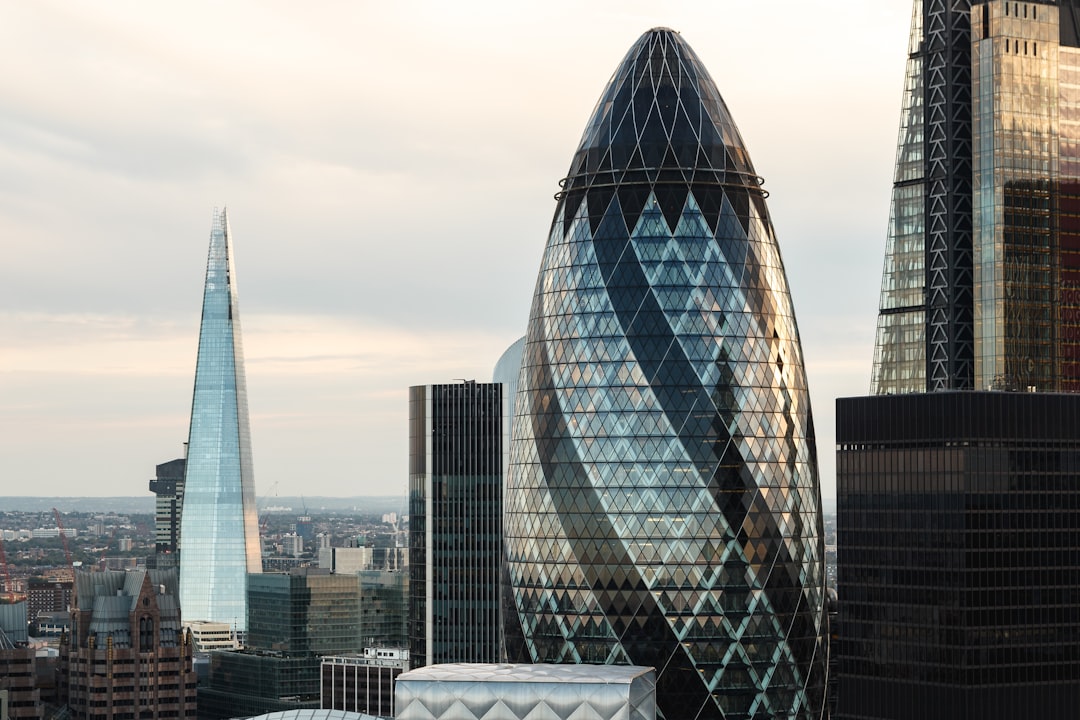What is it about?
This paper uses architectural iconology, computer modeling, and quantitative analysis methods to interpret ancient images for contemporary research. This work selects Qingming Shanghe Tu, painted by Ying Qiu in the Ming Dynasty, and Gusu Fanhua Tu, created by Yang Xu in the Qing Dynasty to study the evolution of the living environment of ancient Suzhou at the natural meaning level. At the conventional meaning level, a comparison of the two images, reveals that land use, landscaping, building performance, and building materials evolved due to social development. At the intrinsic meaning level, this development was found to be closely related to the expansion of urban construction, the development of compact landscaping, and the maturation of construction techniques.
Featured Image

Photo by Zelda Zhou on Unsplash
Why is it important?
The architectural iconology method proposed by this work can be used to study other ancient buildings based on existing images.
Perspectives
Some historical paintings are realistic enough to provide information for the study of ancient civil buildings and their corresponding living environment.
Ding Ding
Xihua University
Read the Original
This page is a summary of: The Evolution of the Living Environment in Suzhou in the Ming and Qing Dynasties Based on Historical Paintings, Journal on Computing and Cultural Heritage, June 2021, ACM (Association for Computing Machinery),
DOI: 10.1145/3430700.
You can read the full text:
Contributors
The following have contributed to this page










